Hop Latent Viroid
LATENT VIROID (HpLVd)
Hop Latent Viroid (HpLVd): Unveiling the Invisible Threat to Hops and Cannabis
The hop latent viroid, a perilous and highly contagious threat that marijuana cultivators have been closely monitoring since its detection in 2018, has now begun to extend its reach beyond North America. Experts are raising alarm bells about this menace potentially spiraling unchecked and leading to catastrophic losses running into billions within the industry.
This viroid, now making its ominous presence felt globally, has been labeled by researchers as a "hidden threat". It's being termed as the most pressing worry for cannabis and hop growers around the world.
Experts caution that the viroid is elusive, microscopic, asymptomatic, and poised to infect at the earliest opportunity.
The main mode of transmission is likely through common gardening tools used for vegetative propagation and grafting or even human hands.
When the viroid strikes, the plant pathogen swiftly travels from the roots to the leaves and finally to the flower within a short span of two to three weeks.
It poses a greater problem in hydroponic settings as opposed to outdoor cultivation since the viroid can traverse through water and readily infect roots that are usually intertwined.
While the hop latent viroid doesn’t outrightly kill the plant, an infected plant's struggle is apparent. Its growth is stunted, it's noticeably shorter, and its trichomes are underdeveloped or hampered.
The consequence: a significant reduction in THC and CBD levels, which can plunge by up to 40%.
The plant lacks the necessary energy to invest in its trichomes. This deficiency becomes particularly noticeable when the plant reaches the flowering stage.
Researchers hypothesize that it's during this growth phase that the viroid might turn more aggressive, possibly due to the stress that hydroponic plants experience during the 12-hours-on, 12-hours-off light cycle that coincides with the flowering stage.
As a safeguard, growers get their plants, right down to the roots, tested for the viroid.
However, even this precautionary step doesn't offer absolute certainty.
Researchers suggest that the viroid is probably present in the soil of cultivations. It's also found in the water of hydroponic systems, and it's certainly within the roots of plants.
Moreover, the pathogen resides inside the seed, not merely on its surface. It can also be transferred to a grower's hands during routine tasks such as handling, relocating, stacking, or hanging the plants.
Even casual contact between one infected plant and another could facilitate the viroid's transfer.
Any sap-consuming insect that punctures the plant, particularly at the roots, can forge an avenue for the infection to take hold.
Primarily known for its association with hop plants (Humulus lupulus) - the key ingredient in brewing - HpLVd presents symptoms such as stunted growth, decreased yield, and poor quality. Worth mentioning is that even though hop and cannabis plants share the family tree (Cannabaceae), they are distinct species.
This covert menace, also referred to as” Dudding disease”, is a species-specific pathogenic RNA that significantly reduces the THC potency in cannabis plants. This spells financial trouble for hops and cannabis growers across the nation as their yield takes a hit.
Faced with a compromised crop, growers often find themselves grappling with whether to spend a fortune trying to resuscitate the ailing plants. However, a few different strategies might be more prudent:
- "Eliminating the plant virus" speaks to the radical approach of completely removing or eradicating the infected crop along with the virus. Organic fungicides and air purifiers have proven helpful in this regard.
- "Controlling the spread of the plant virus" underlines proactive steps to prevent the virus from wreaking further havoc within the crop. Quarantine measures serve this purpose effectively.
- "Managing the plant virus" involves adopting strategies to minimize the virus's impact on the plants and their overall health. Regular monitoring and targeted treatments come in handy here.
- "Suppressing the plant virus" means actively working to reduce the virus's activity or presence in the affected plants, which can be achieved using biocontrol agents.
- "Preventing the plant virus" is all about adopting preventive measures to deter the virus's introduction or establishment. Strict biosecurity protocols play a crucial role in this.
Unfortunately, as of now, there aren't any foolproof treatment methods for cannabis plants struck by Hop Latent Viroid (HLVd). A potential solution may lie in the use of meristem tissue culture, but it can take between 3 to 9 months and doesn't always result in viroid-free plants. The success of this intervention often hinges on the cultivar.
For prized heirloom cultivars, growers will undoubtedly pour in time and effort. For others, the more likely option is to discard the infected plants and start a new genetic hunt.
Prevention remains the best medicine in protecting your cultivation. Growers can use various HLVd testing kits to confirm suspected infections or detect asymptomatic plants. Regular checks on mother plants, particularly before taking cuttings, ensure only clean plants are ushered into production. Also, cultivators should tread carefully when introducing new genetics from another facility. Newly acquired clones should be quarantined and screened for HLVd and other potential pathogens before being allowed to mingle with the existing crop.
HLVd has cleverly evolved to hijack the host plant's Rolling Circle Amplification (RCA) and RNA ligase mechanisms. In instances where RNA or DNA molecules take a circular shape, they can undergo replication like a perpetually rotating wheel, transforming into extensive concatemers of the viroid genome. These concatemers are then segmented into 256 base units through the Ribozyme activity of the original double-stranded viroid. Once segmented, the plant's RNA ligases reseal the genome into numerous circles, allowing the process to occur again. For a closer look, visit Viropedia.net. This resource maps the variations found in your HpLVd genome to the Jamaican Lion transcriptome, highlighting regions in the viroid with similarity to cannabis mRNAs.
The hop latent viroid, a perilous and highly contagious threat that marijuana cultivators have been closely monitoring since its detection in 2018, has now begun to extend its reach beyond North America. Experts are raising alarm bells about this menace potentially spiraling unchecked and leading to catastrophic losses running into billions within the industry.
This viroid, now making its ominous presence felt globally, has been labeled by researchers as a "hidden threat". It's being termed as the most pressing worry for cannabis and hop growers around the world.
What does HLV look like on cannabis?
Plants that become infected with HLVd during the vegetative stage will often have stunted growth, including the following symptoms: Lateral Branching. Brittle stems. Smaller, narrower leaves.
Companies addressing the issue Hop Viroid Issue
Addressing the Issue
Various solutions to combat the viroid are in the works from several entities.
Dark Heart has pioneered a genetic test to distinguish between infected and uninfected plants. The firm has also contributed to developing a proprietary cleaning process to rid infected specimens of the viroid.
According to a recent press release, the Dark Heart laboratory team has successfully eradicated the viroid from 31 strains to date.
In May 2021, Front Range Biosciences, based in Colorado, presented a technique for cleaning infected plants using tissue culture.
Just last month, Biomerieux, a French company specializing in diagnostic solutions, devised a kit to test for the viroid's presence.
Farrar emphasized, “Good biosecurity SOPs (standard operating procedures) and testing are the solution."
He added, "The viroid is resilient and tenacious. Its latency is both an advantage and a disadvantage. For now, it's fortunate that it doesn't devastate an entire greenhouse. However, its latent nature complicates testing. If there's a glimmer of hope for its eradication, it lies in CRISPR genetic engineering or employing selective breeding to produce plants resistant to it. That's a potential future strategy."
For the time being, the concept of "living soil" can function as a form of preventive healthcare for the plants.

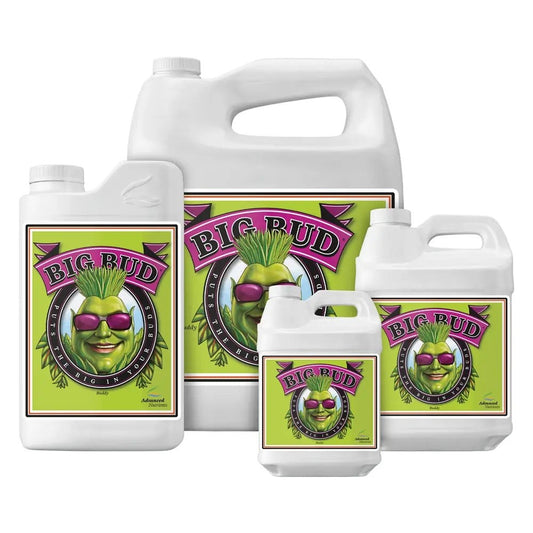
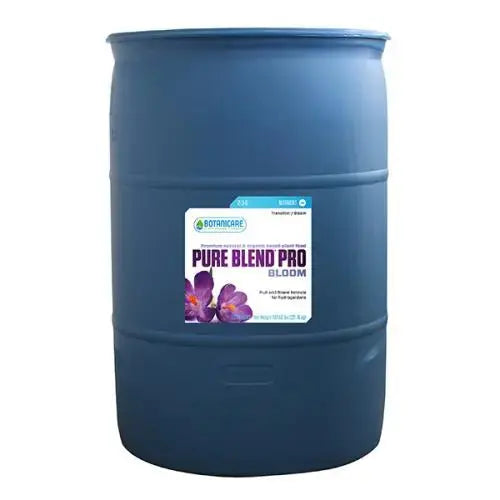
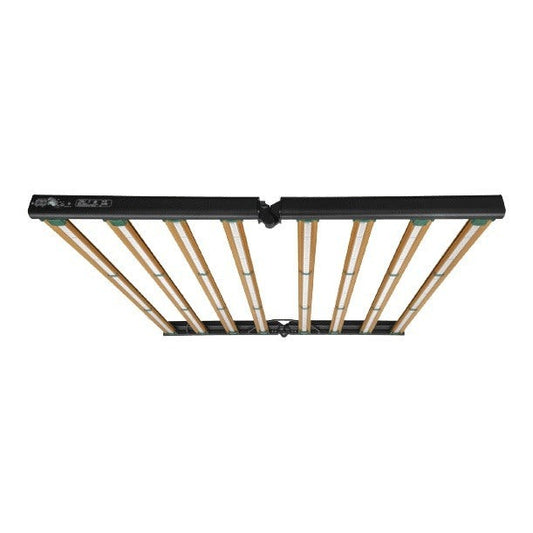


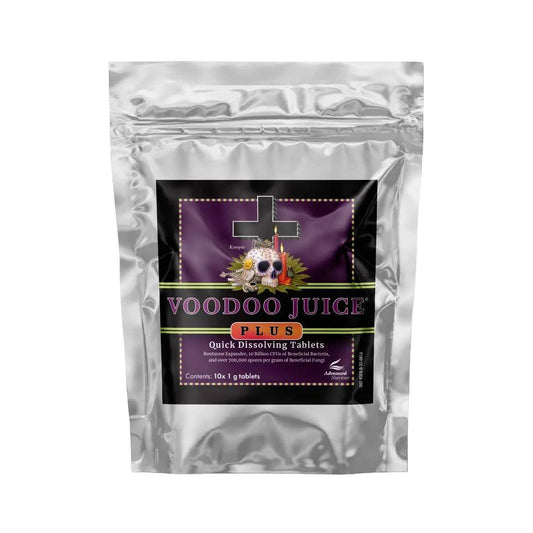
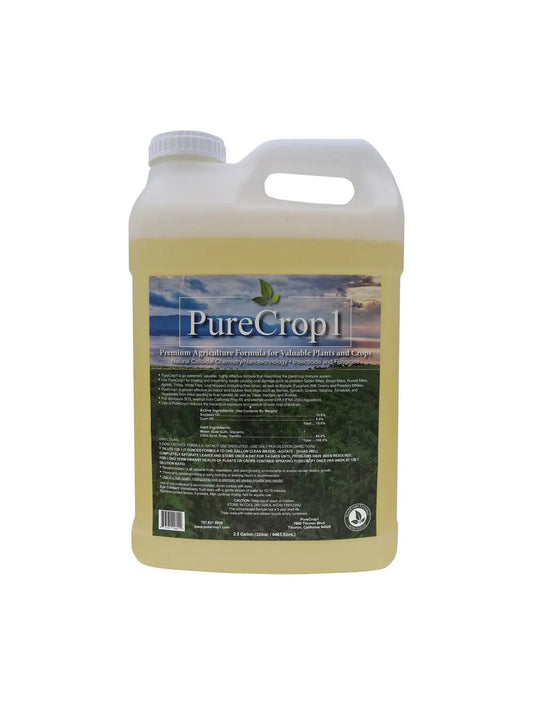
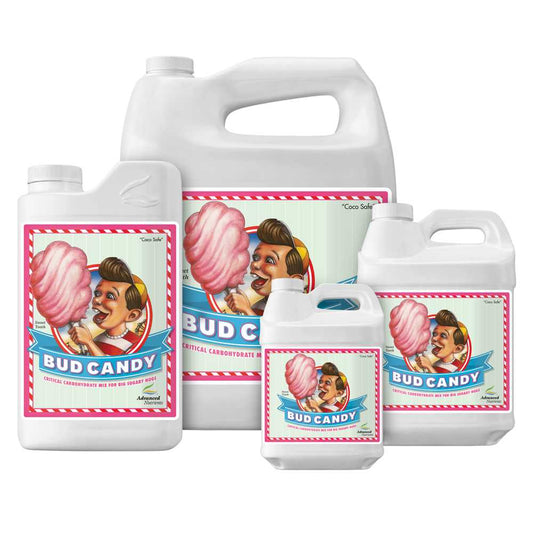

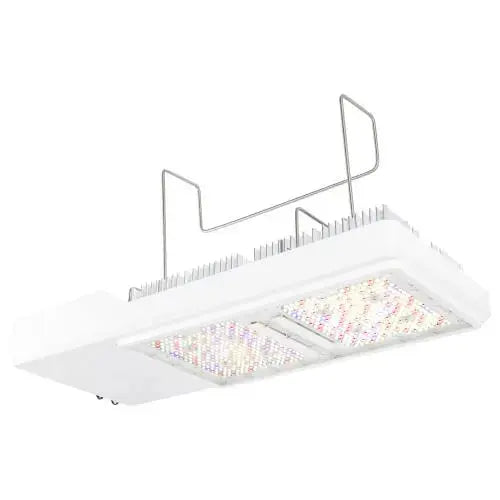
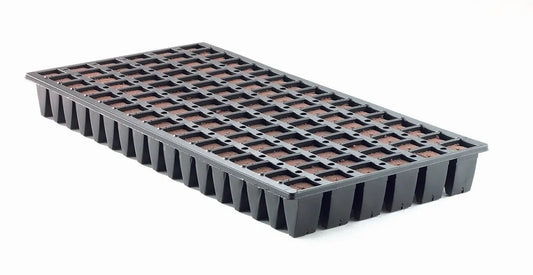
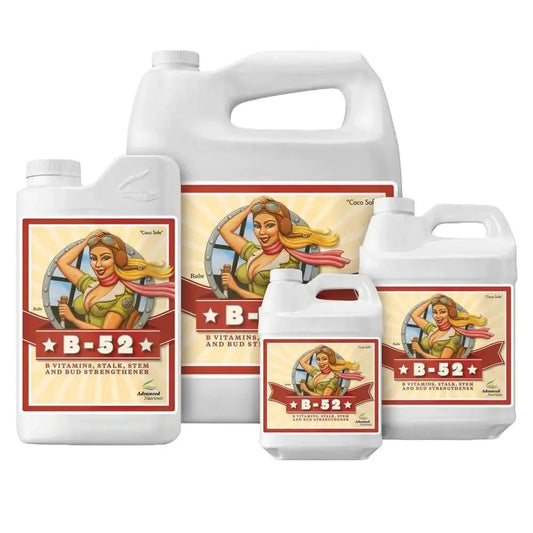
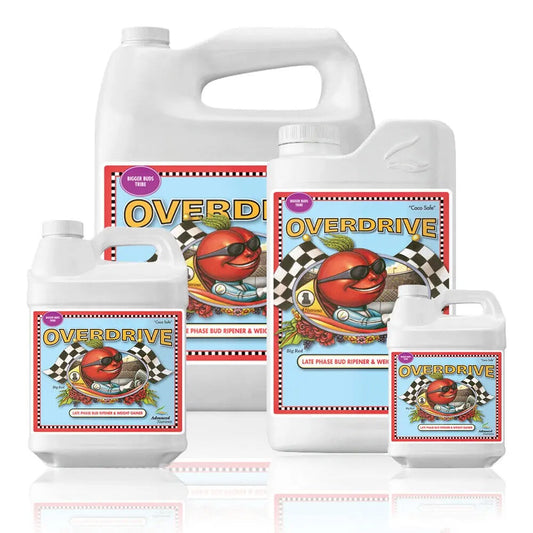
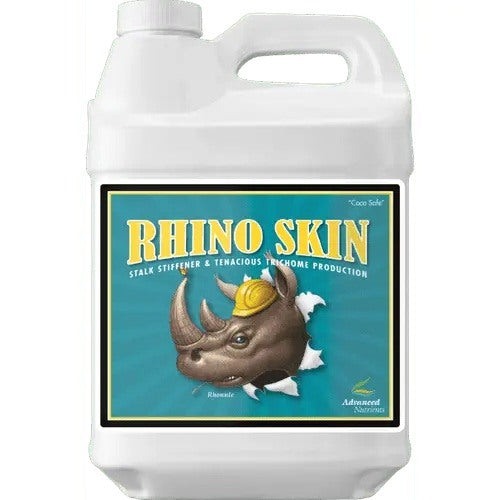
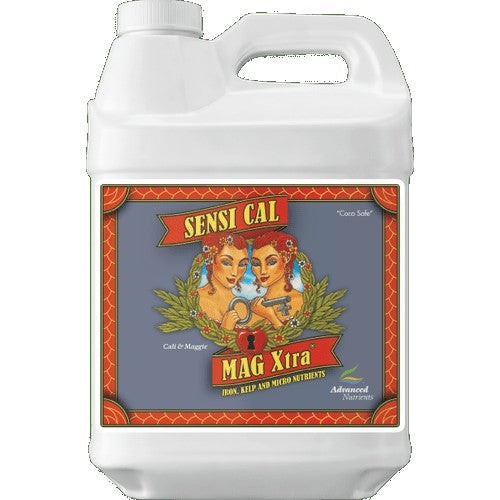

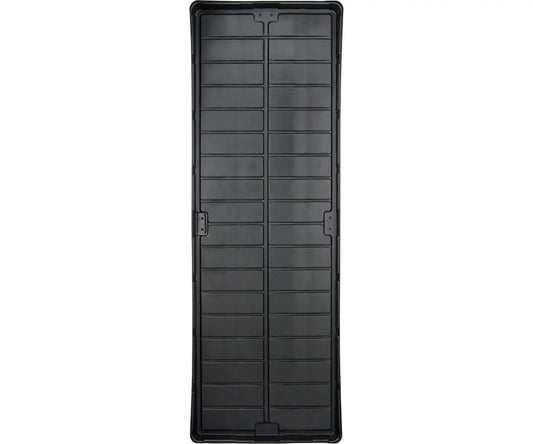
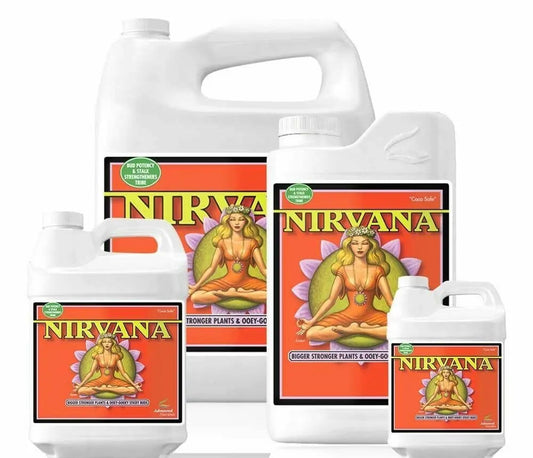
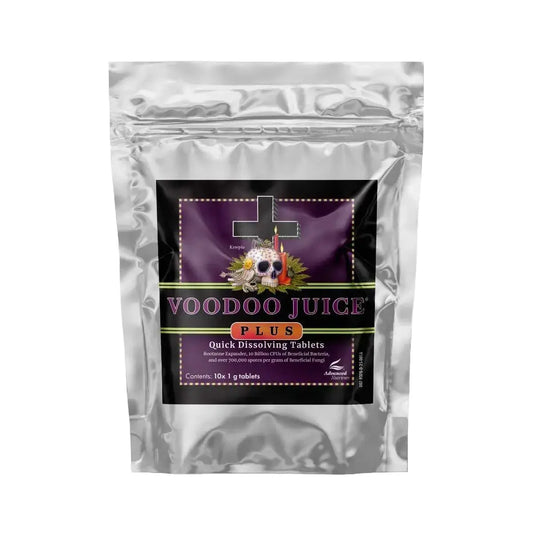
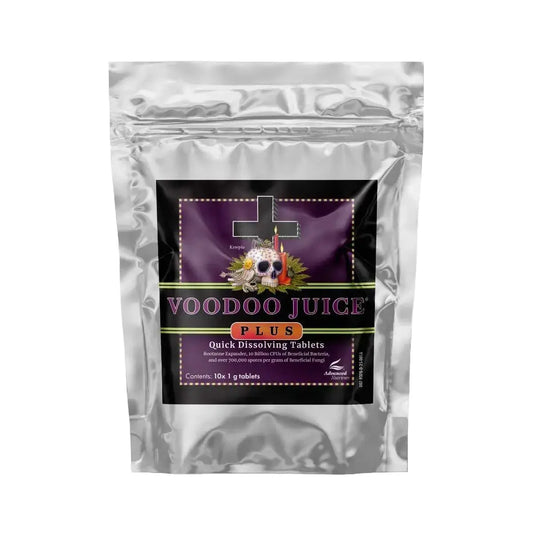
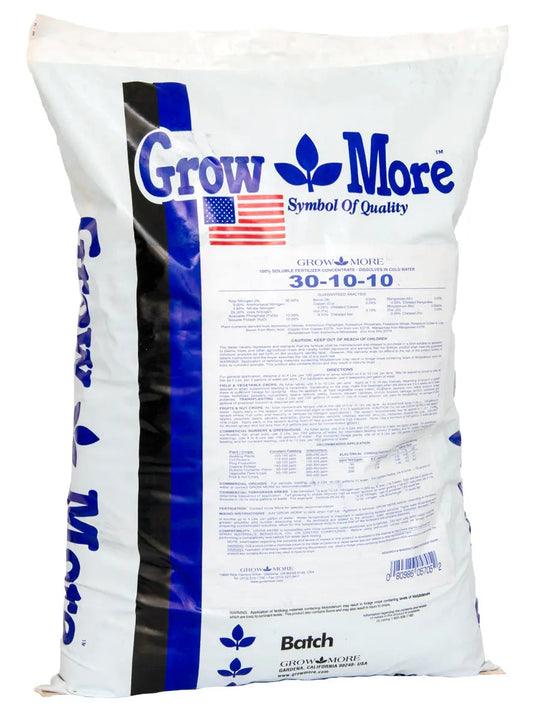
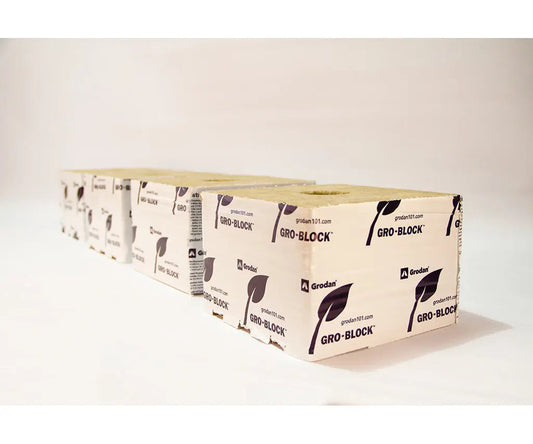
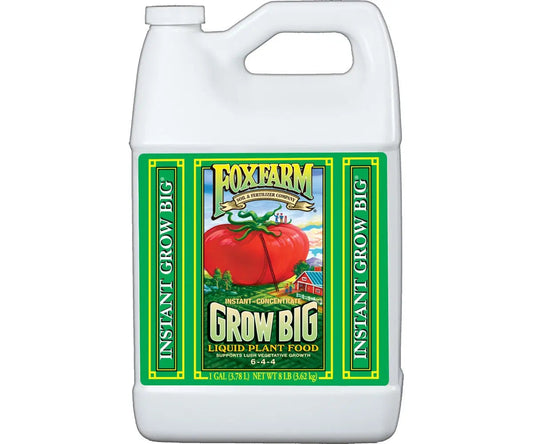
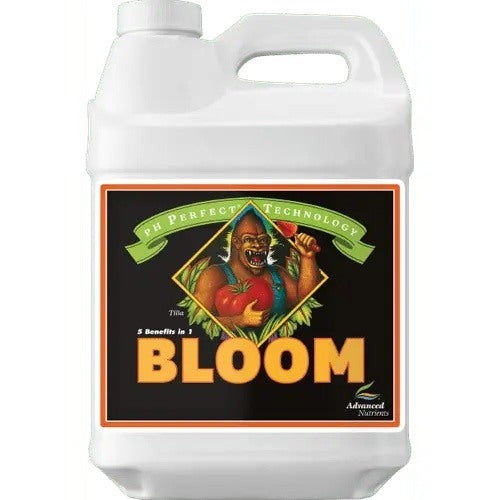
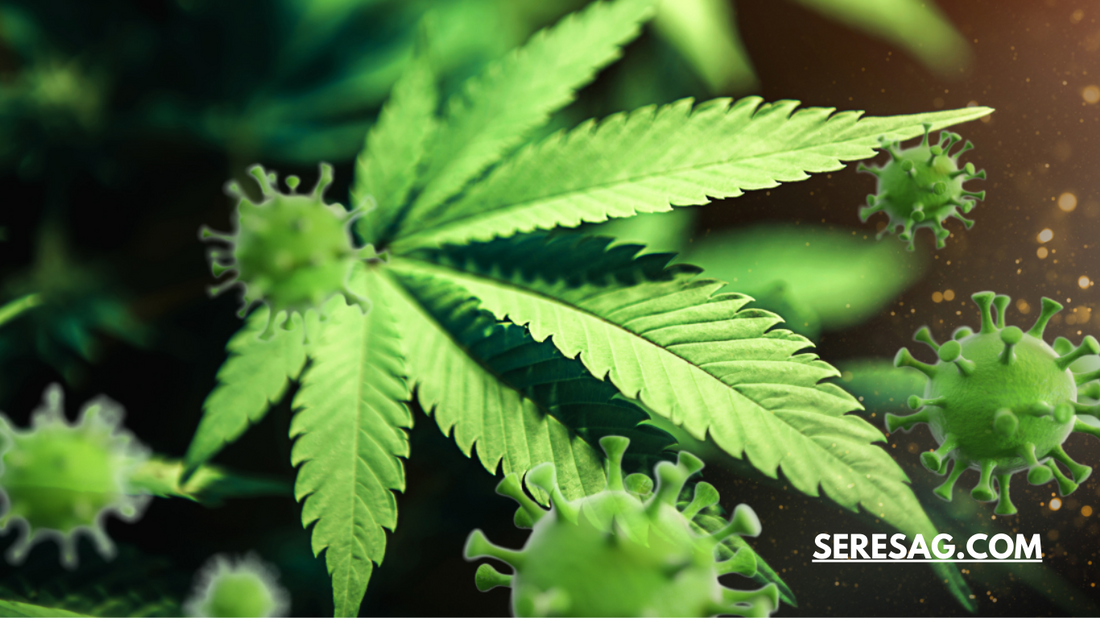
Leave a comment
Please note, comments need to be approved before they are published.